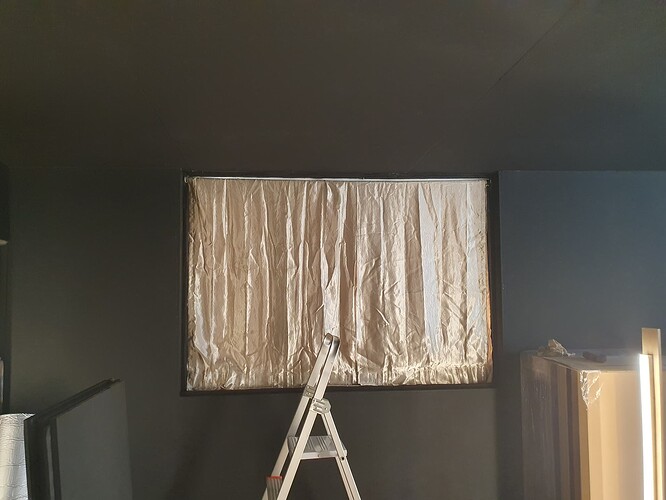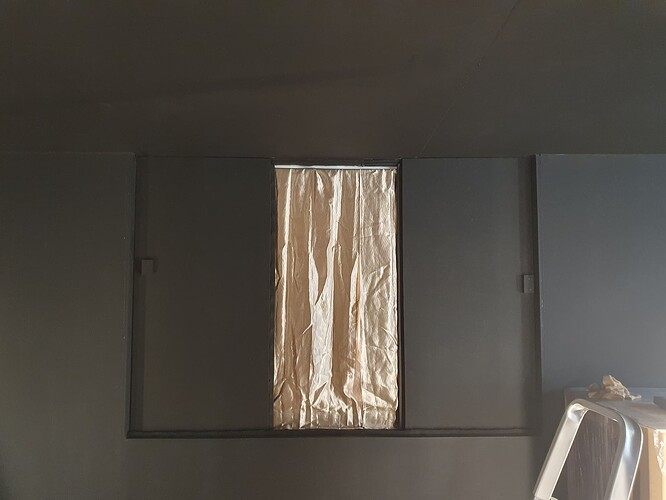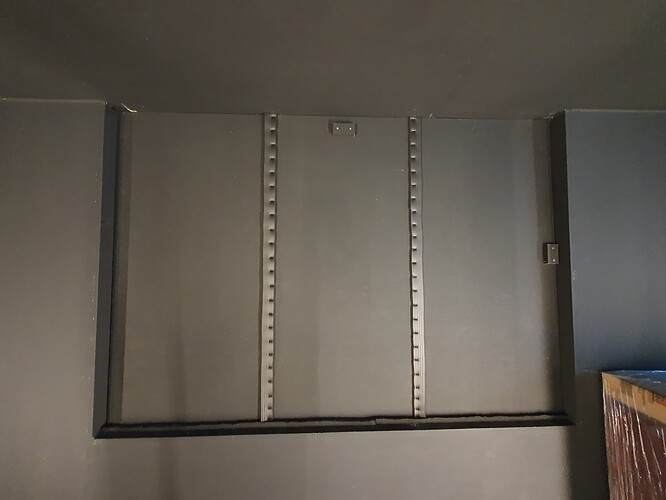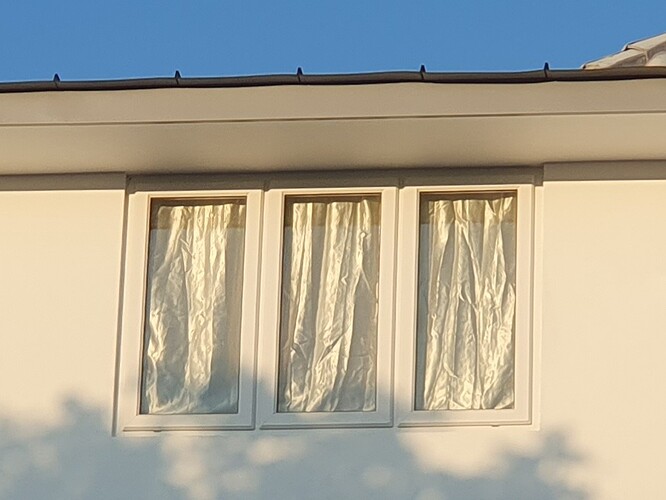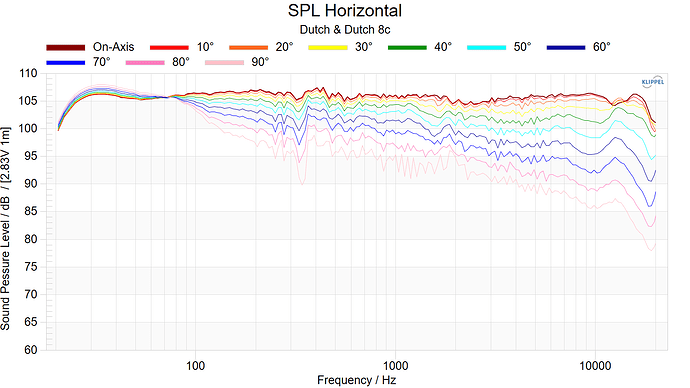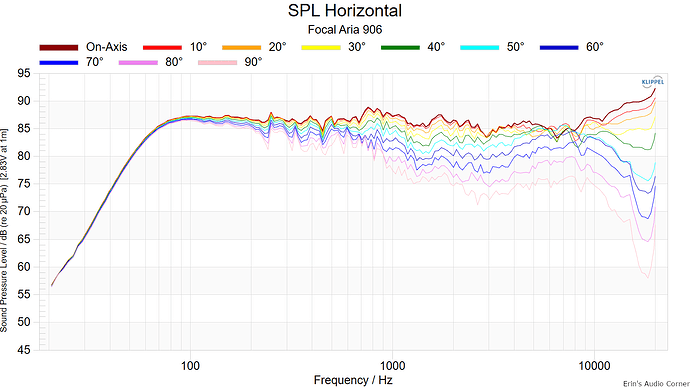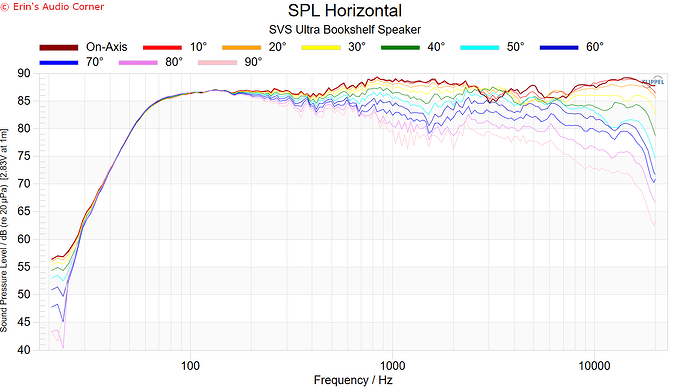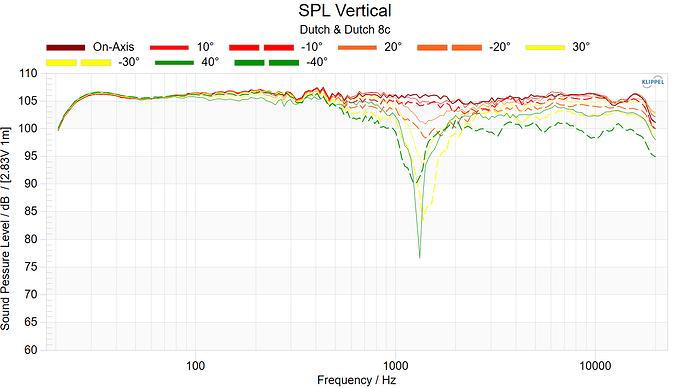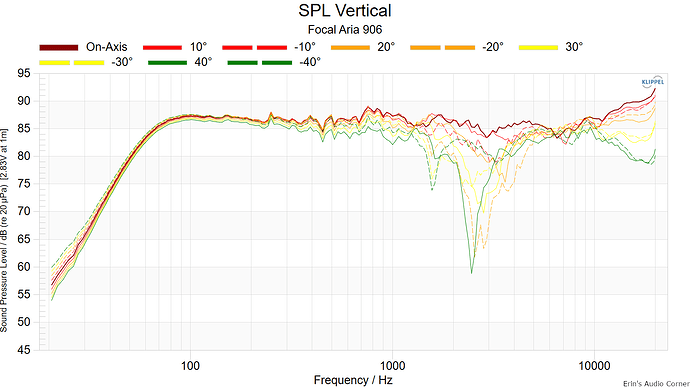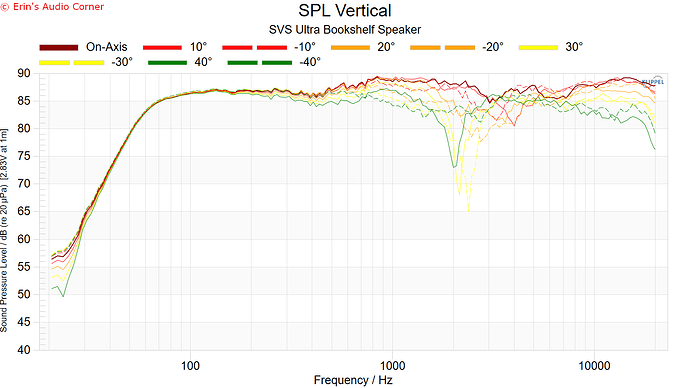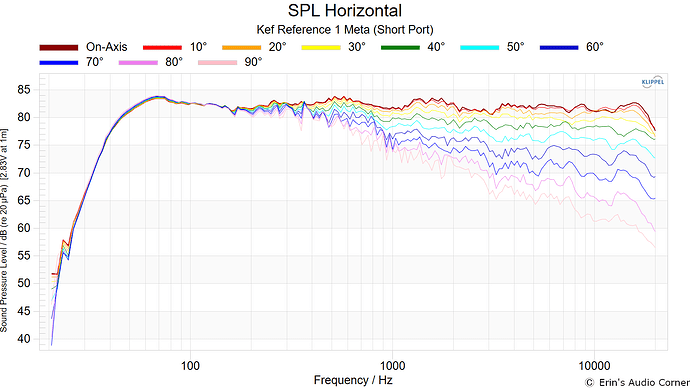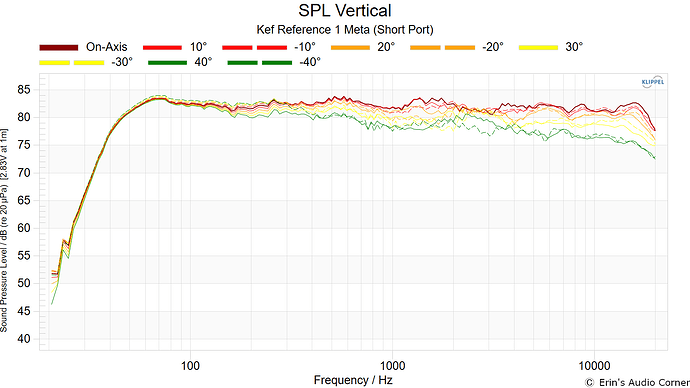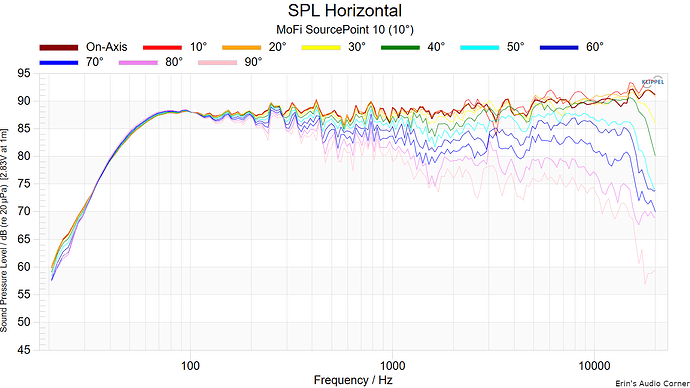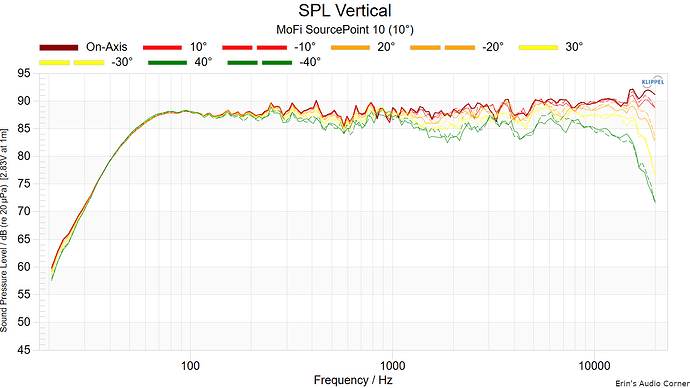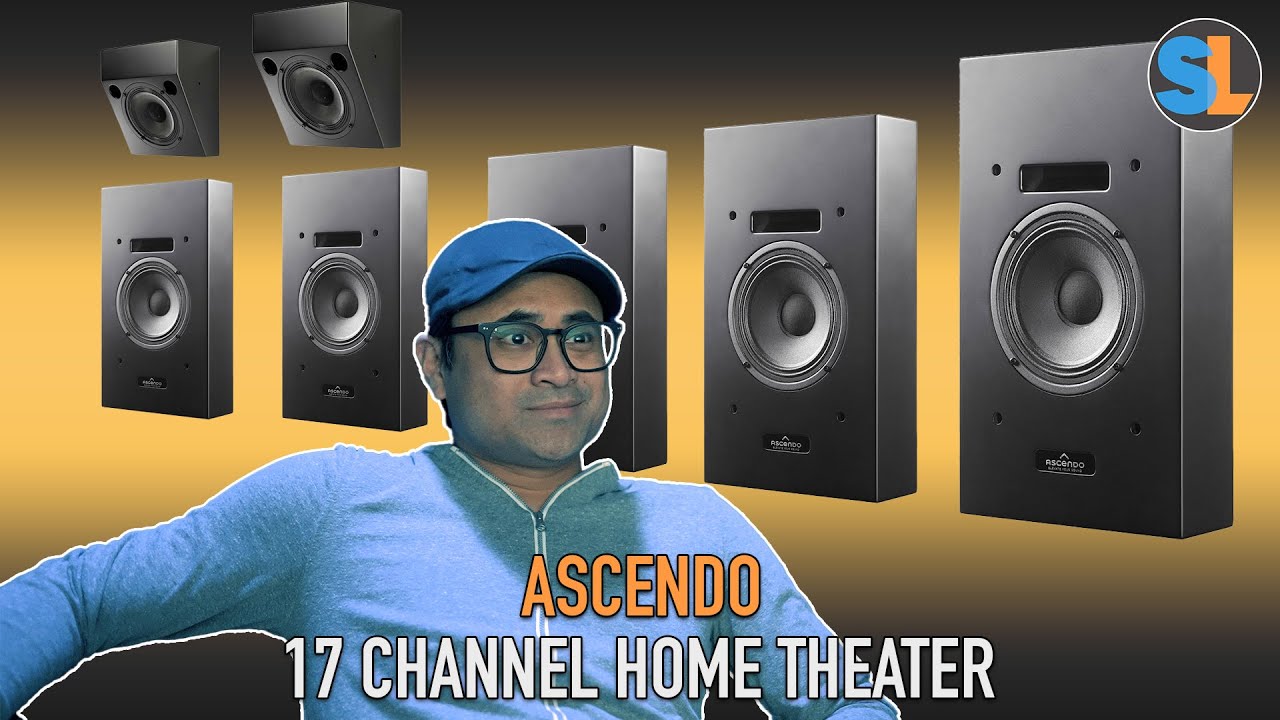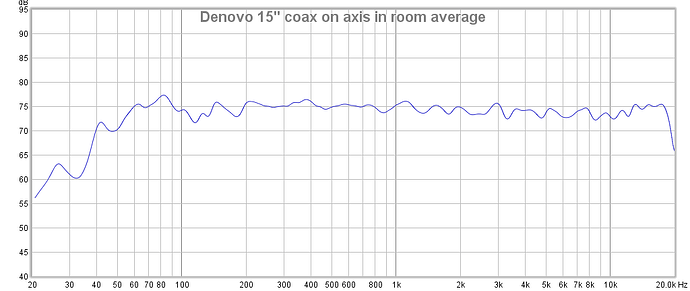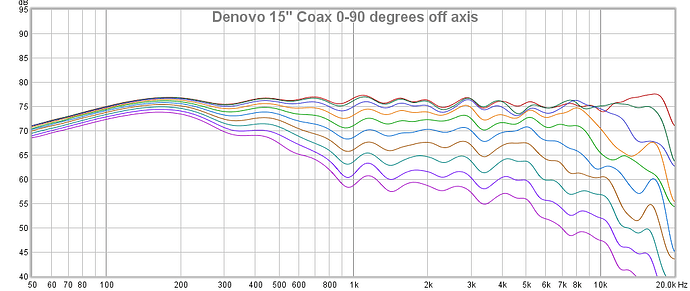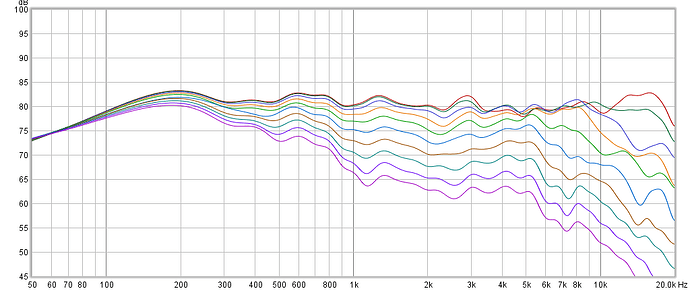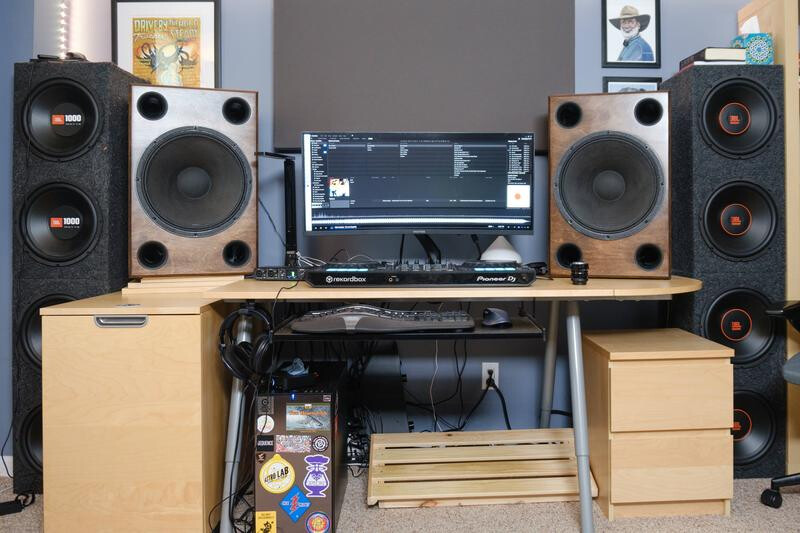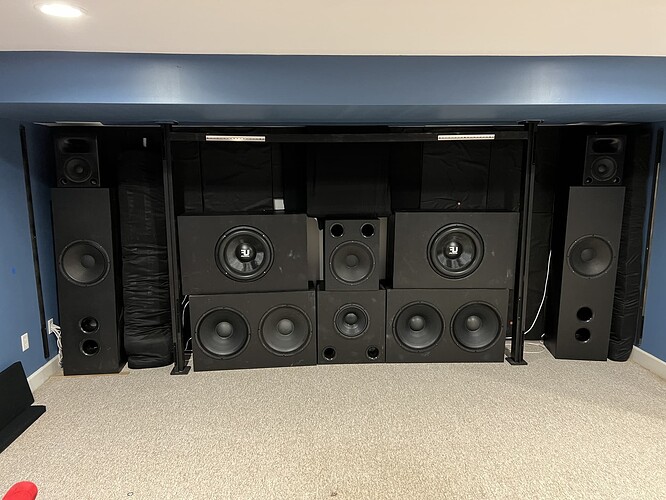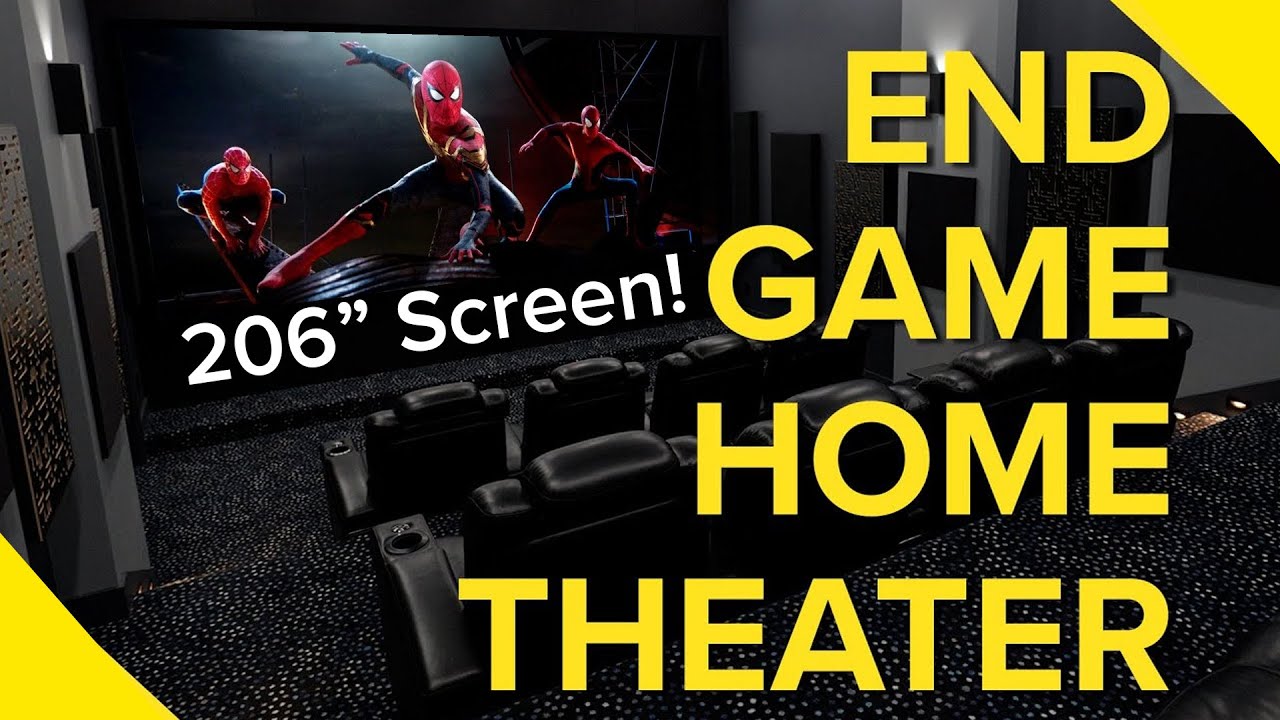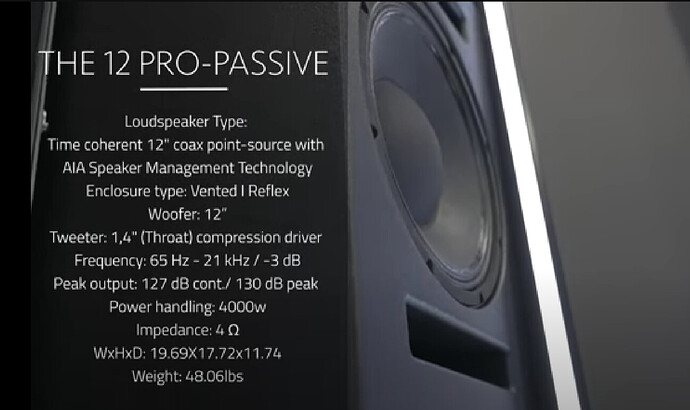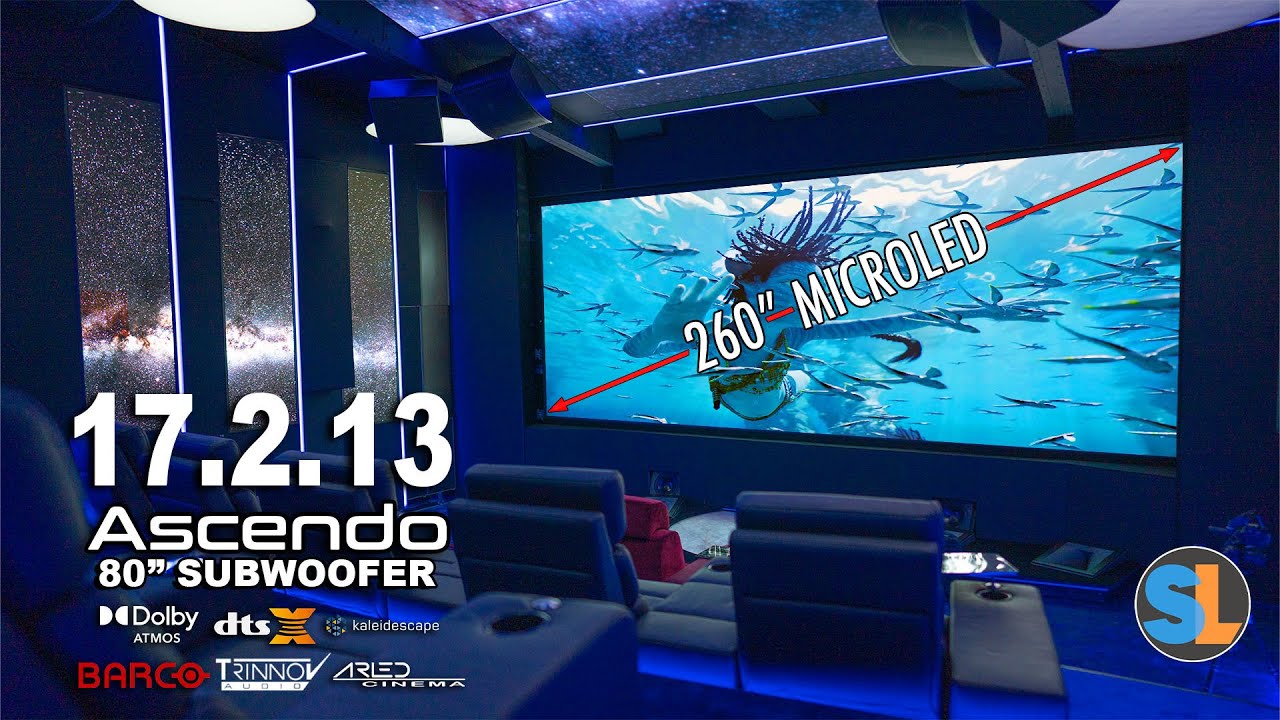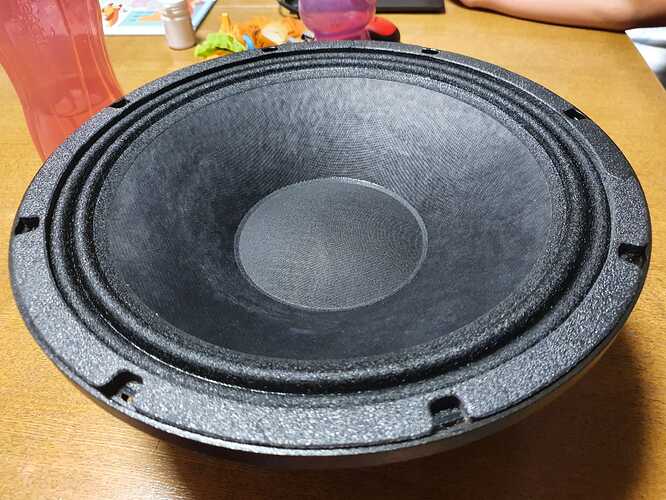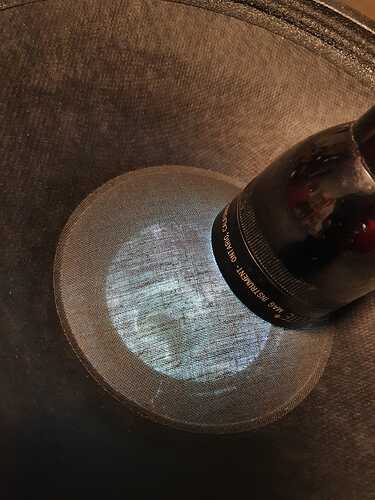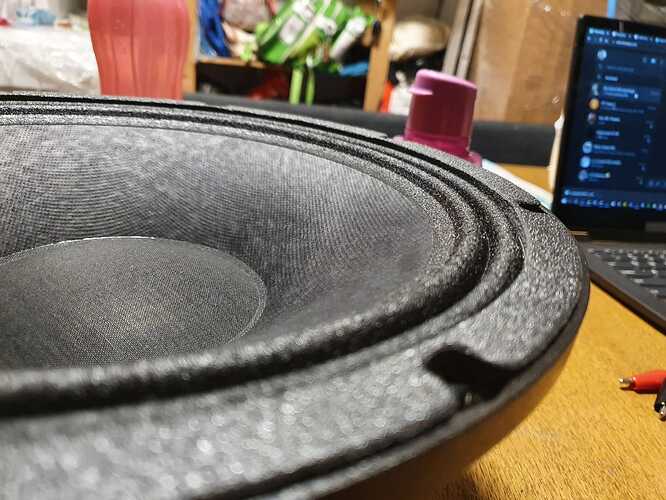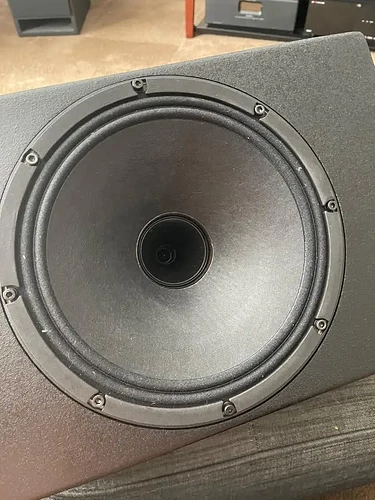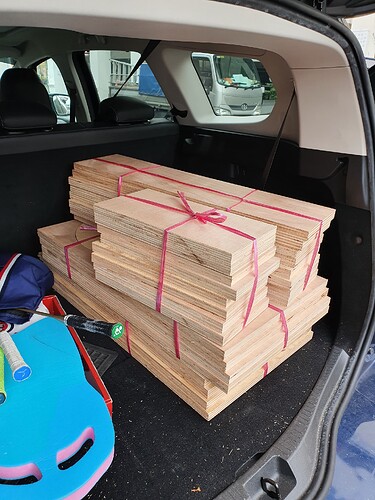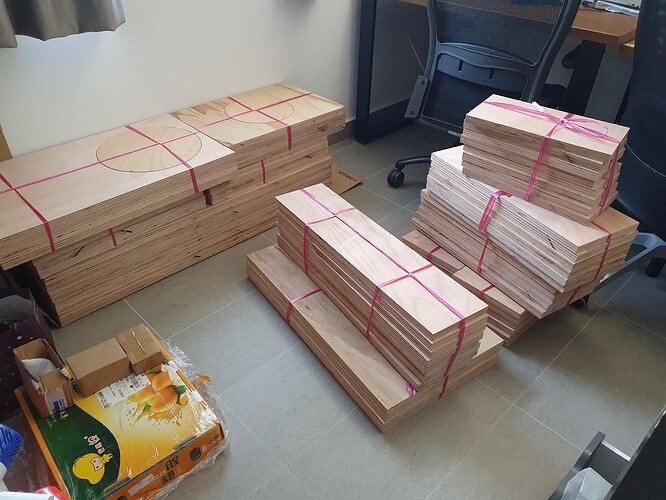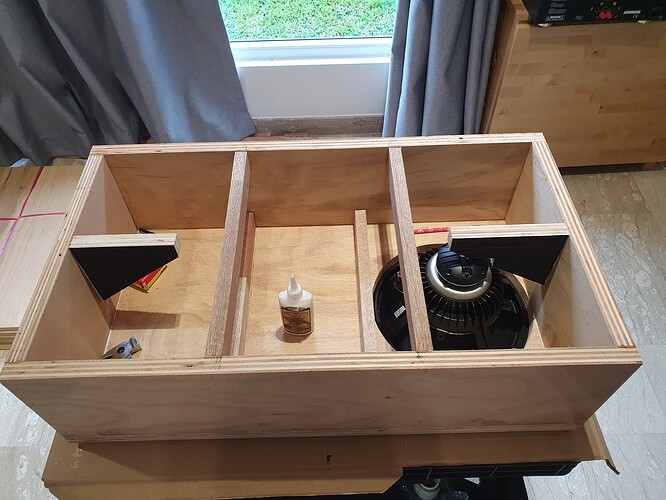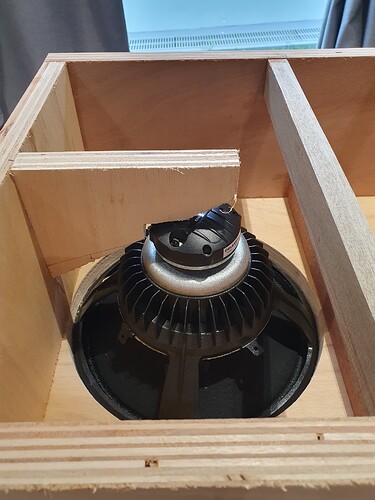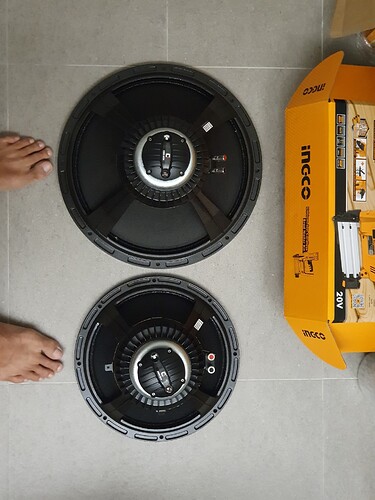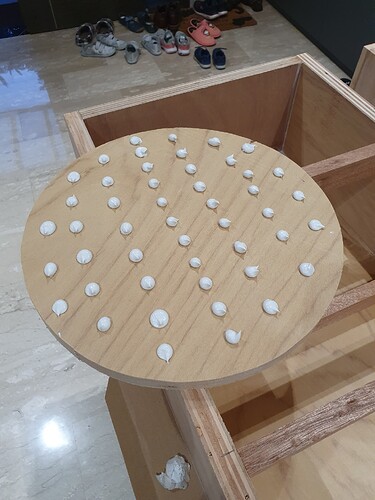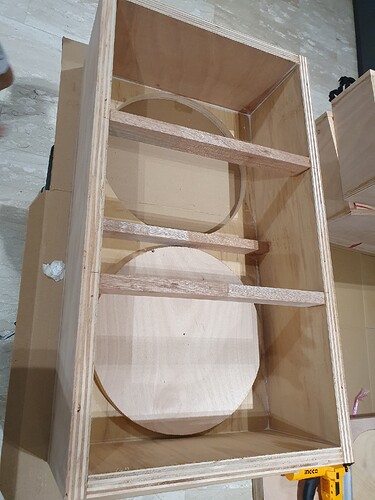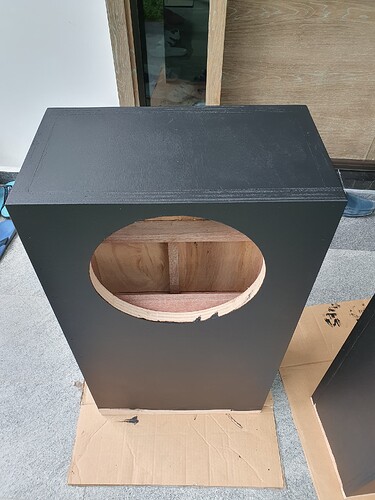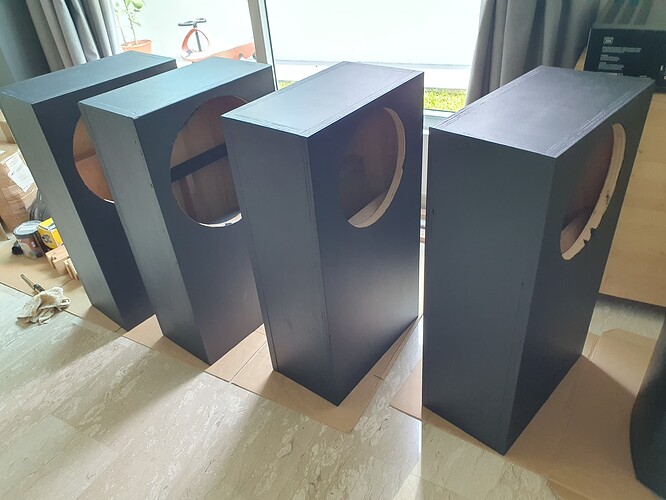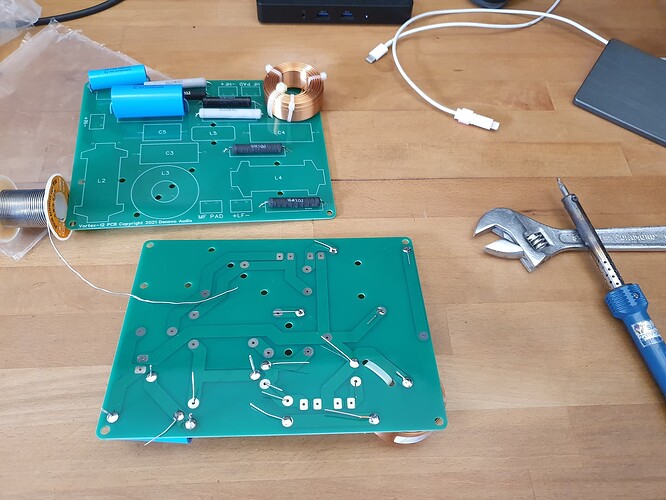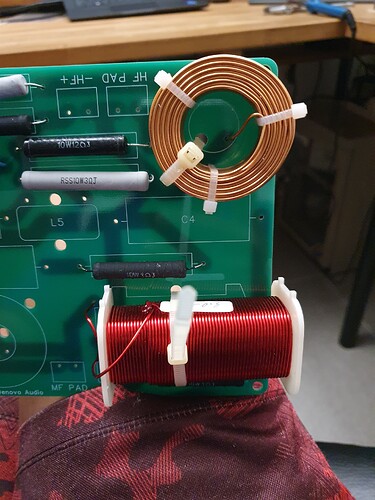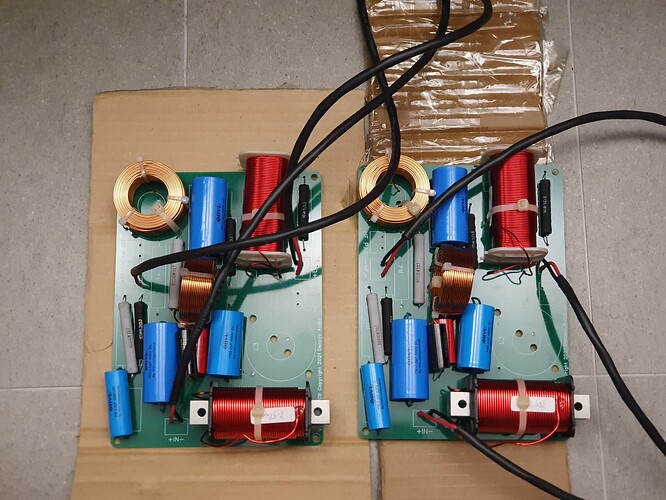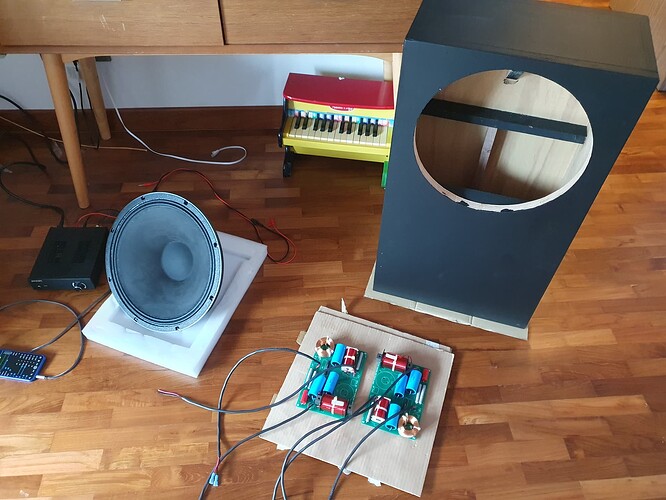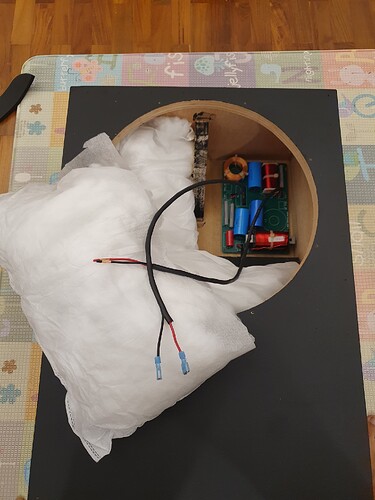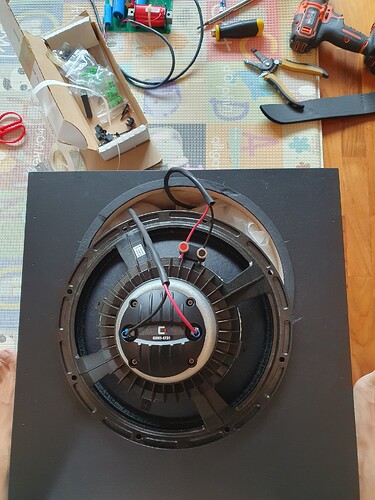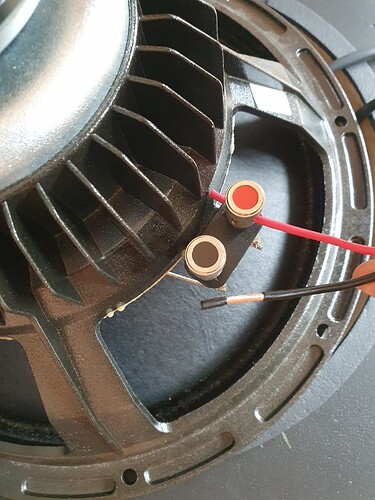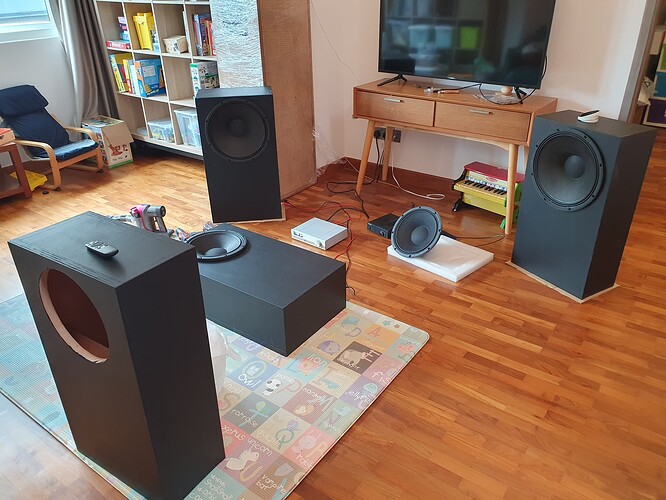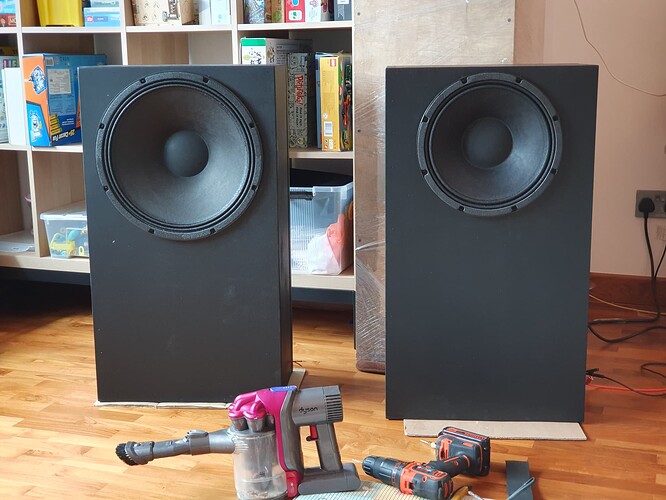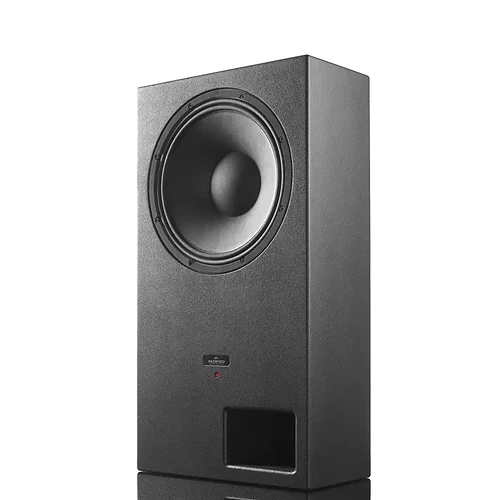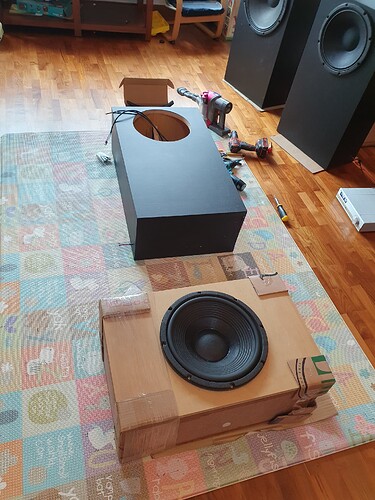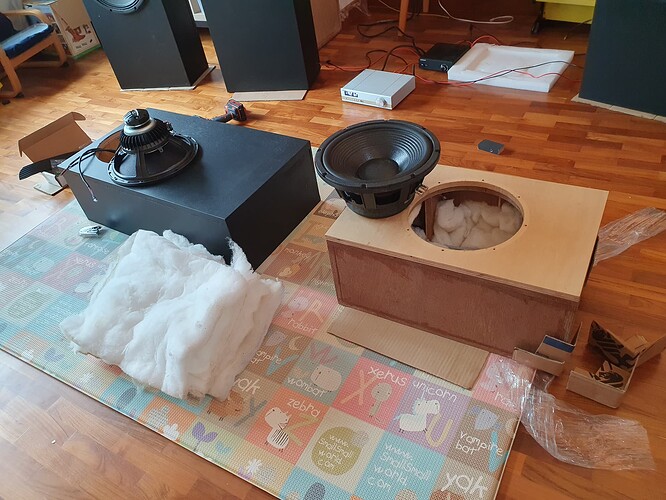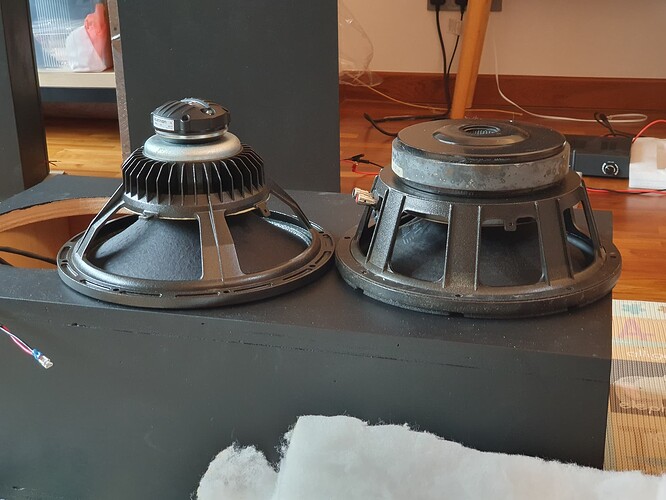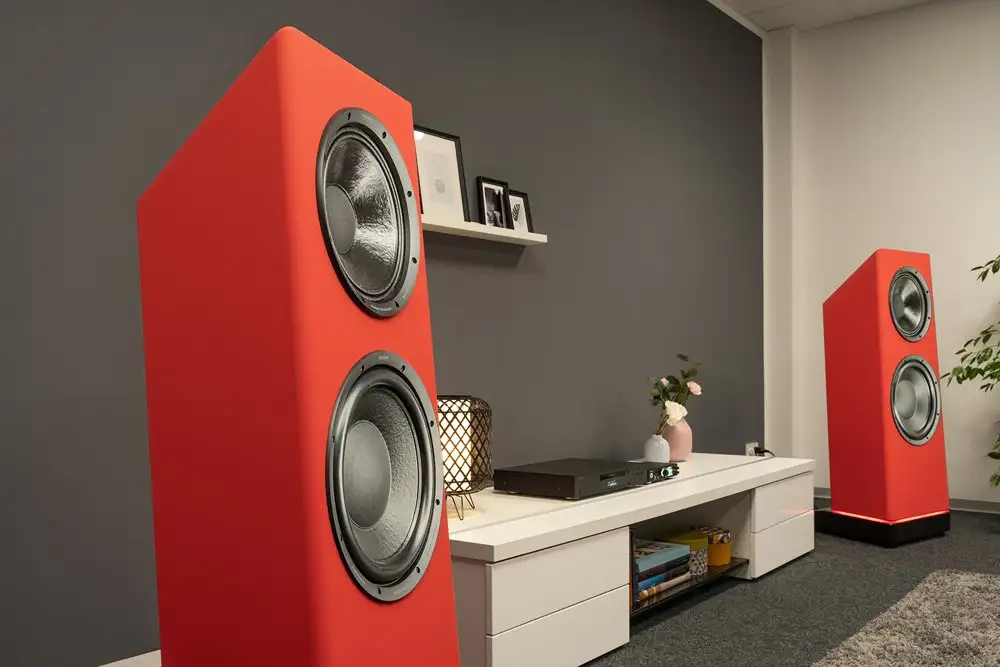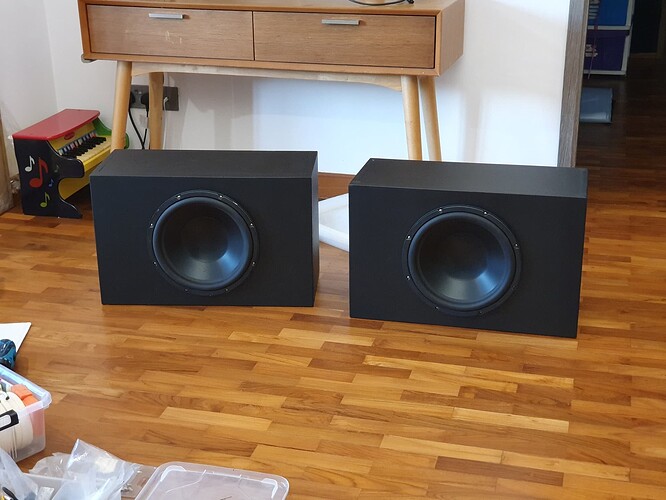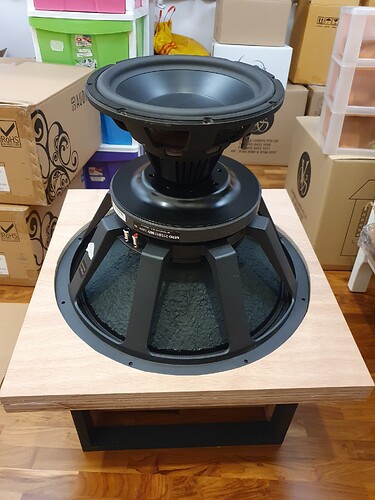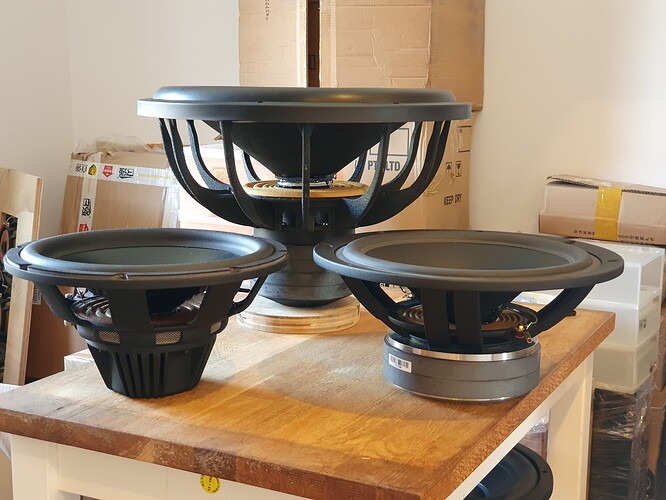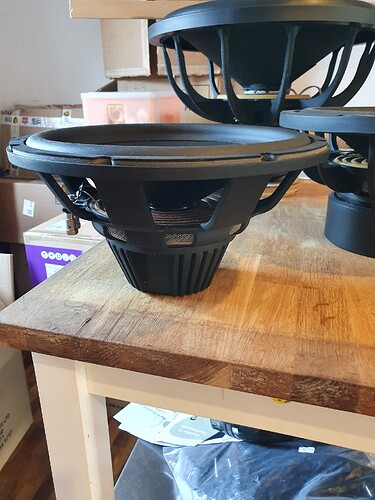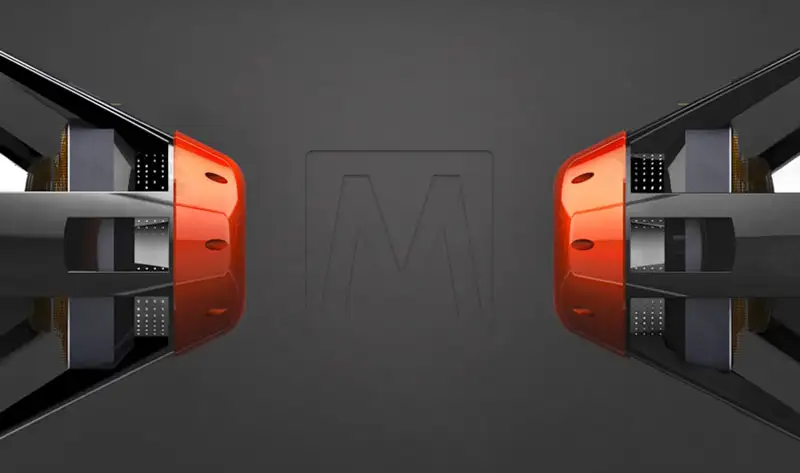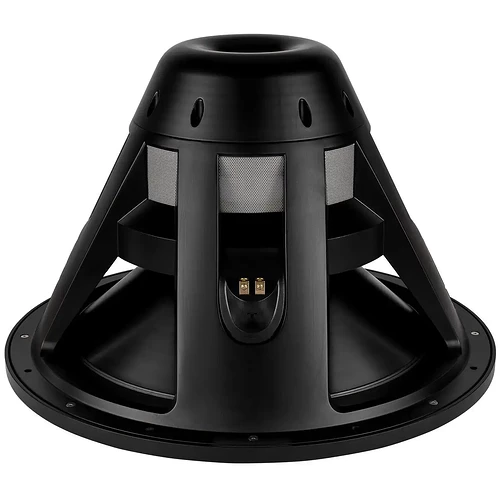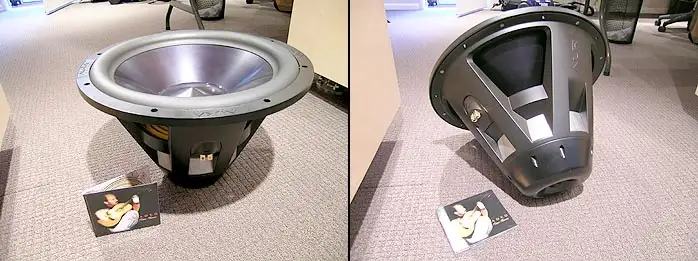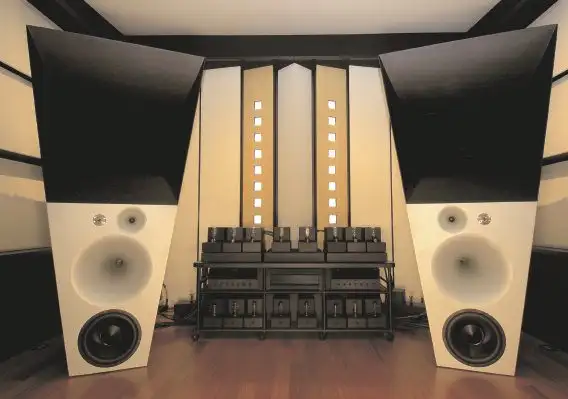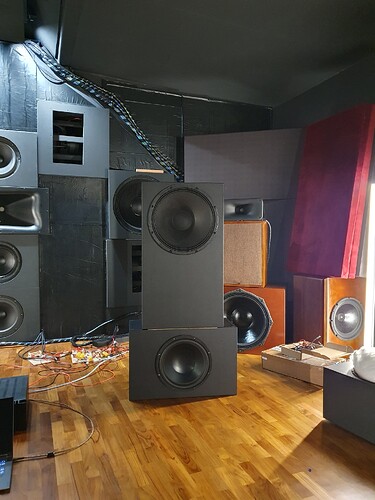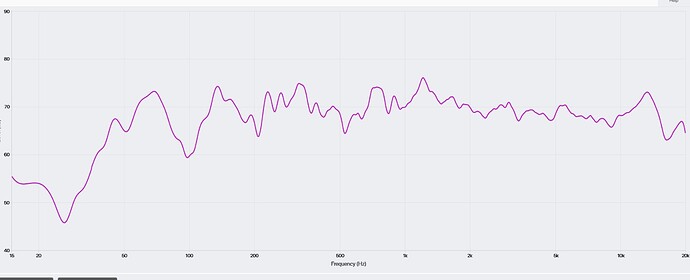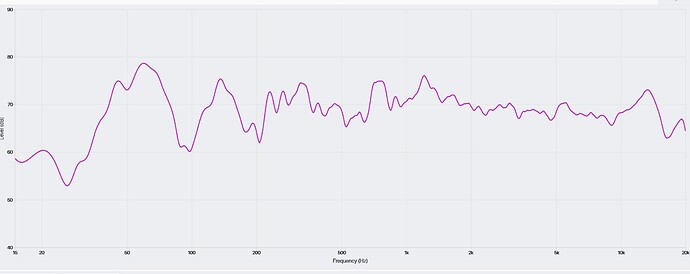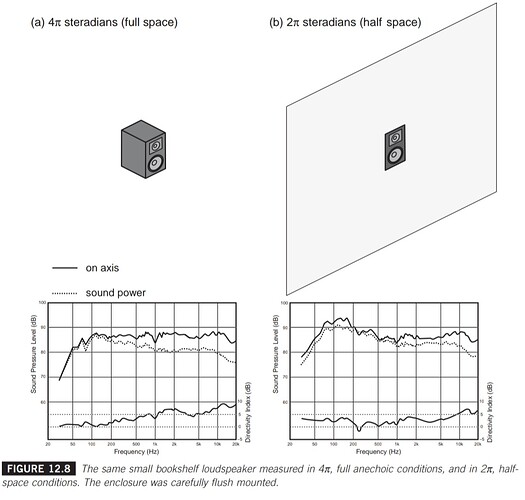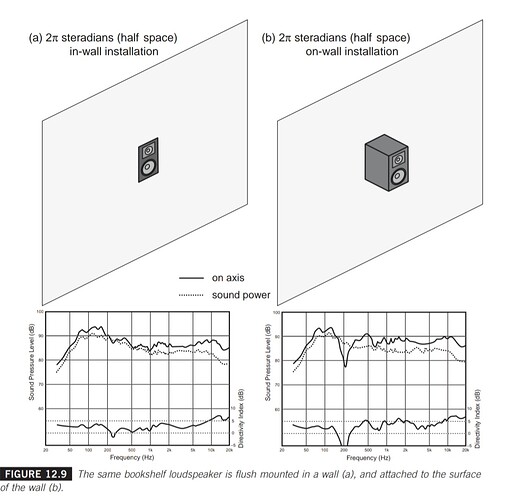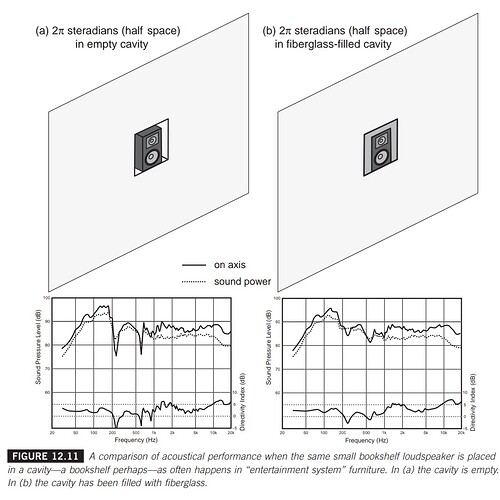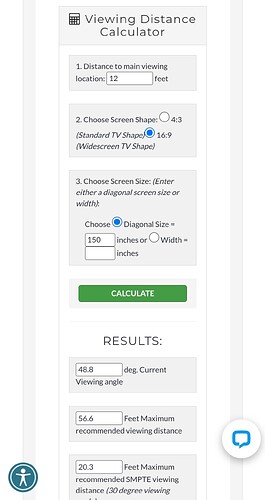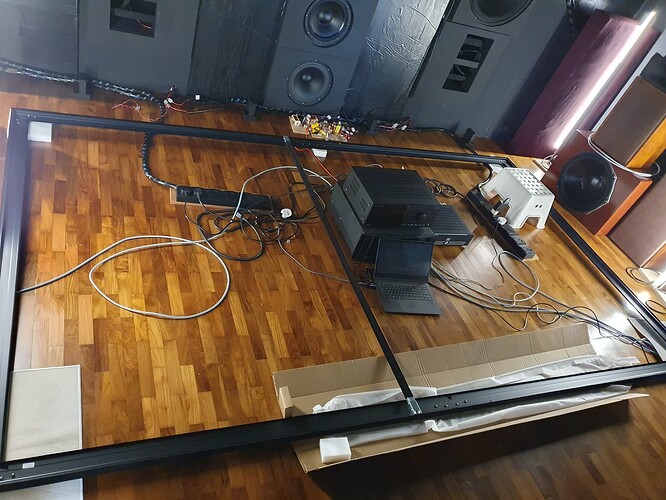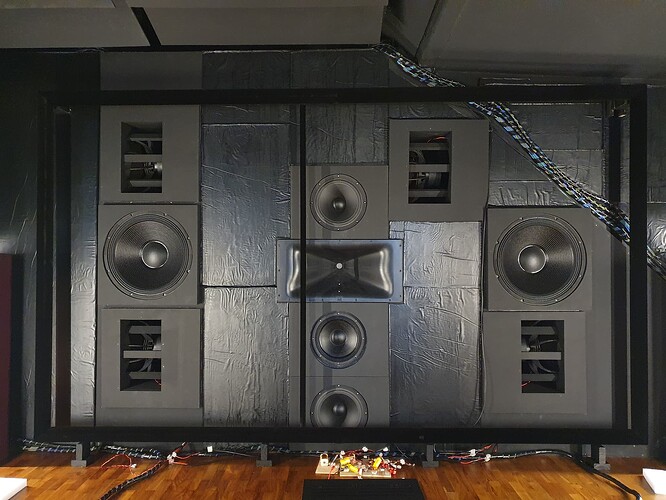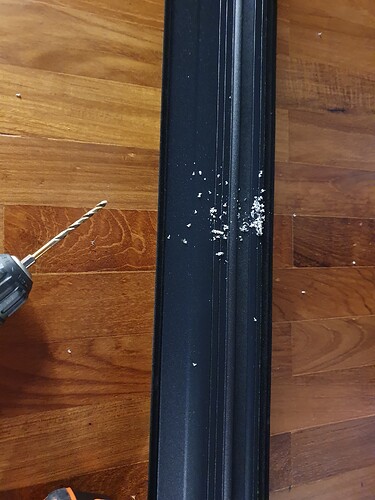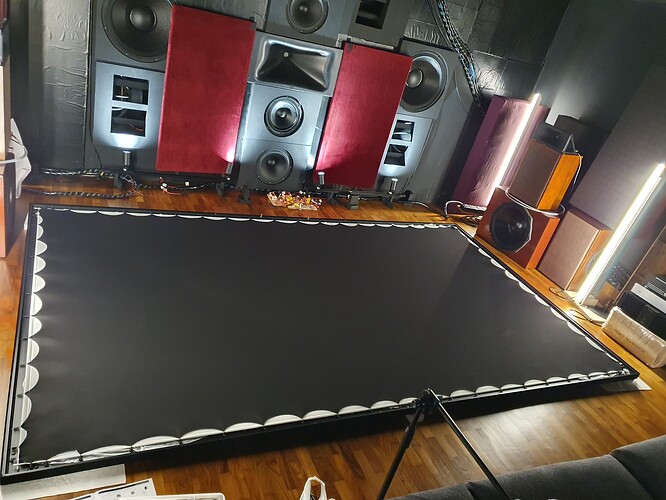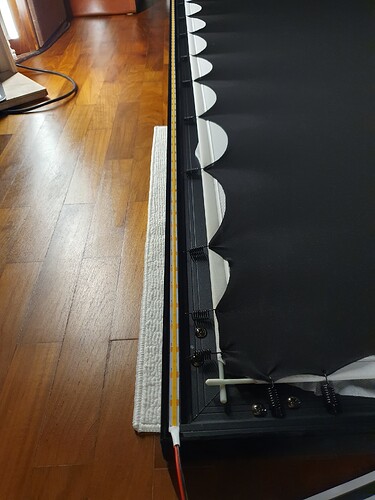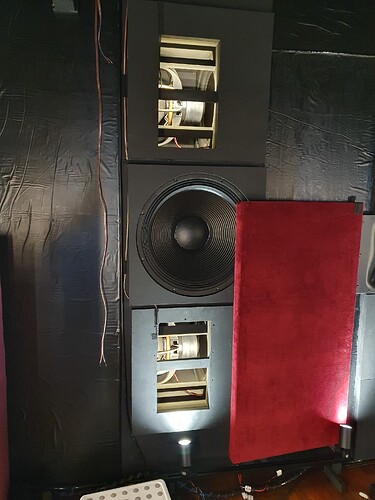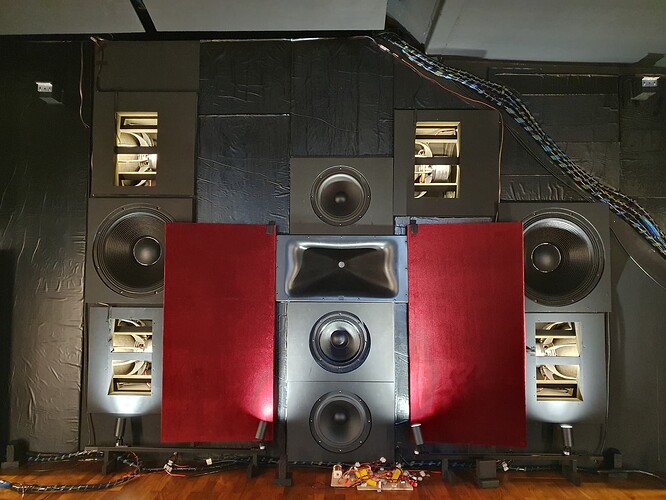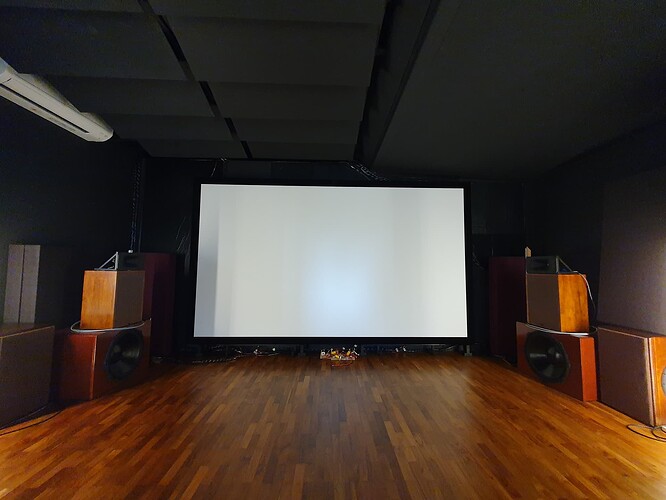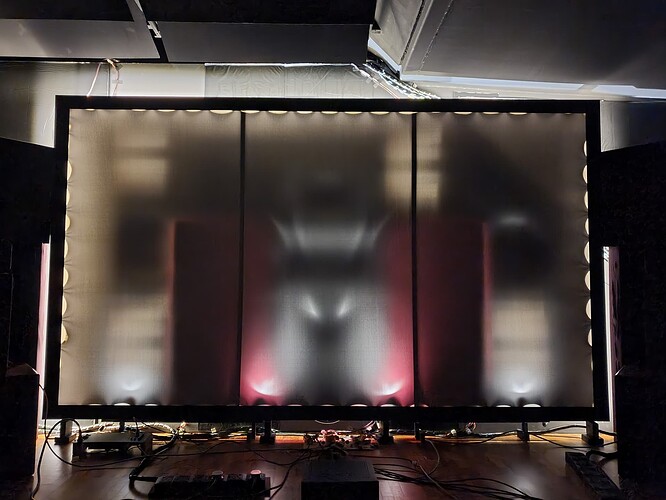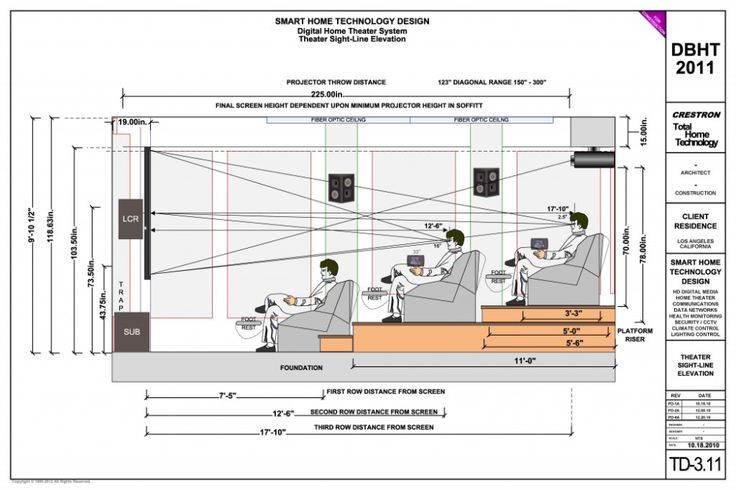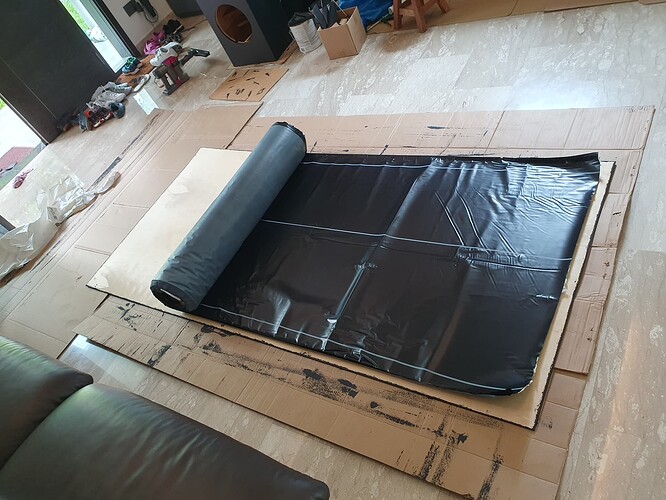It’s been a while since the last update. Next item is the screen.
For me it is a foregone conclusion to go with AT screen. I will take my chances with a bit of image quality, in order to have the center channel behind the screen. AT screens not too common as they require basically a dedicated setup, but I don’t think any else comes close to the natural presentation of cohesive sound with the image. Many here have experienced Bryan’s top notch screen and center channel experience.
Size wise, I basically went with the largest screen I could possibly fit. THX maximum is about 45 degrees, I’m at ~50 deg which is common for hardcore setup on Avsforum.

The logical screen size for my room I think is 135in. With the common saying that you wished it was one size bigger, I skipped 135in and went to 150in. It’s XY Screen, 4k material, got it through Earth Sound.
By my calculations, I had 10cm each between screen and floor / ceiling on the front right corner with the low ceiling.
Guess what - the first time I had the screen up and fired up the image, I thought I could have gone 160in…

 . Just kidding. This is plenty fine… Or is it?
. Just kidding. This is plenty fine… Or is it? 

I use this screen size calculator, very useful.
I just saw another thread asking about mains placement. I prefer to keep the mains outside of the screen, both for a wider front stage, as well and avoid the screen HF loss on the mains. With the screen about 50deg, the mains are roughly 55deg apart.
I always wonder why are movies still in scope 2.35. Everything should just be standardized in 1.85 as all TV are that ratio. With imax enhanced, I hope most agree that movies are more immersive with that taller vertical image. For me, it is always a thrill when I fire up a movie and it’s 1.85 with full image height.
It was a great milestone to clear out the room and have enough space to start assembling the screen frame. I actually had no idea how I was going to mount the screen, needed to have the hardware in front of me to strike the inspiration. Luckily Murphy didn’t give me too much of a hard time, maybe just 2 curveballs.
First, due to the size of the screen, they included a couple of struts to brace the span near the middle. Here’s one of the struts being installed.
The problem is, I guess the good people at XY don’t expect their AT screen to be used with the JBL 4722 speaker, because the struts block and will cause diffraction on the center channel… 
Thankfully, it wasn’t to difficult to shift the struts to a wider position to clear the center waveguide. Drill a couple of holes, buy some extra nuts and washers.
Next, was realizing that the screen didn’t come with a black backing cloth. This is important to reduce the light reflection, and raising the black floor level. However another layer does mean more HF attenuation on the screen channels. A quick trip down to Chinatown people’s park, level 2 above the hawker center. Got some stretchy black spandex that did the job.
I may have underestimated the amount of stretch needed on the spandex. It was literally a stretch to get it onto the frame. The idea was that more stretch = more acoustically transparent 
I used the existing screen fabric mounting hooks to secure the spandex. I also added some led strip lights around the back of the screen frame, but these turned out really quite dim.
Similarly, I added lighting to the manifold subs, hoping that they would be visible behind the screen with lights on. I think this was one of the last time I have seen them… 
After that, it was truly a milestone to mount the screen and see the vision take shape.
Unfortunately, the back lighting didn’t really work so well… This is the best I can capture with the camera…  Can also see the stretched out black spandex.
Can also see the stretched out black spandex. 
 Actually, it would probably be much more visible without the black spandex.
Actually, it would probably be much more visible without the black spandex.
I wasn’t quite sure what to expect with the very large screen size. Surprisingly, it was a very natural and comfortable feel. I wonder if it is the lower down placement, as the viewing is straight ahead, not looking slightly upwards.
This is only possible with single row seating. Typically the screen height is a compromise for multi row. It has to be raised to maintain line of sight for the back rows. Also the reason for the risers on the back rows.
In this example, the 3rd row is actually still blocked by the 2nd row. And the screen is quite high for the front row.
![]() so I should probably iron the curtains right…
so I should probably iron the curtains right…